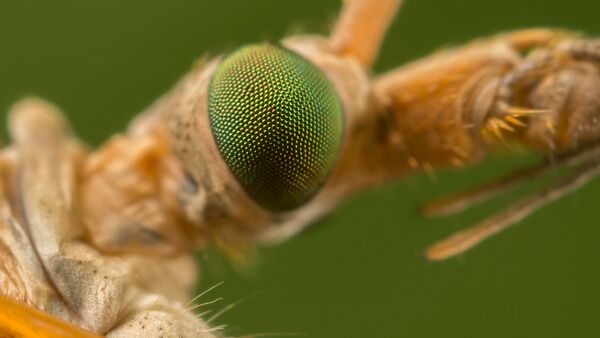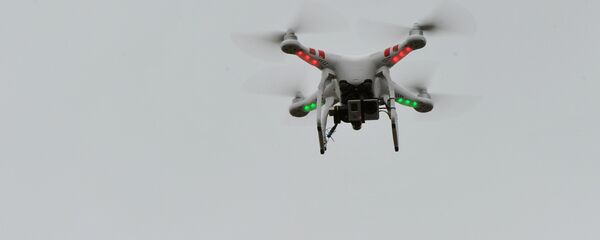An intelligent systems laboratory at the École Polytechnique Fédérale de Lausanne has developed a lightweight artificial compound eye, which may be used on miniature drones and other vehicles to help them analyze their surrounding optical flow and avoid collisions, according to a recently published article in the Interface scientific journal.
The artificial version comprises three miniature hexagonal photodetectors, forming a triangle, covered with a single lens. The optical device can focus and work under low ambient light conditions. Information from the three photodetectors streams to a microprocessor, which maps the environment based on gathered images.
“One must not imagine that this is a high quality image,” Ramón Pericet Cámara, the project coordinator, was quoted as saying on the EPFL website. “It is only a three pixels picture.”
On its longest side, the device is less than 2 mm long and weighs only 2 mg, and can be installed on a variety of surfaces. It’s perfectly suited to mini-drones, which need adequate optical systems to be capable of flying without collisions.
“To be relatively autonomous, these flying robots must be able to detect and avoid their surroundings. The biggest challenge was to miniaturize all the components,” said Cámara.
Mini-drones are in demand for surveillance, for instance, during security operations. They can aid rescue teams as well.
The new fly eye may be also someday help the blind by guiding users via a system of vibrations. The team also suggested driverless car technology could benefit from the development.




